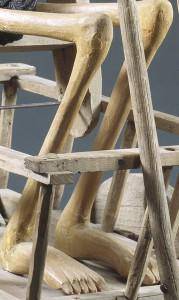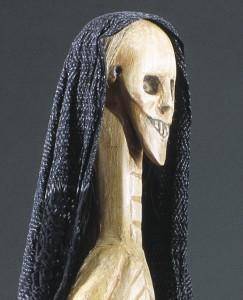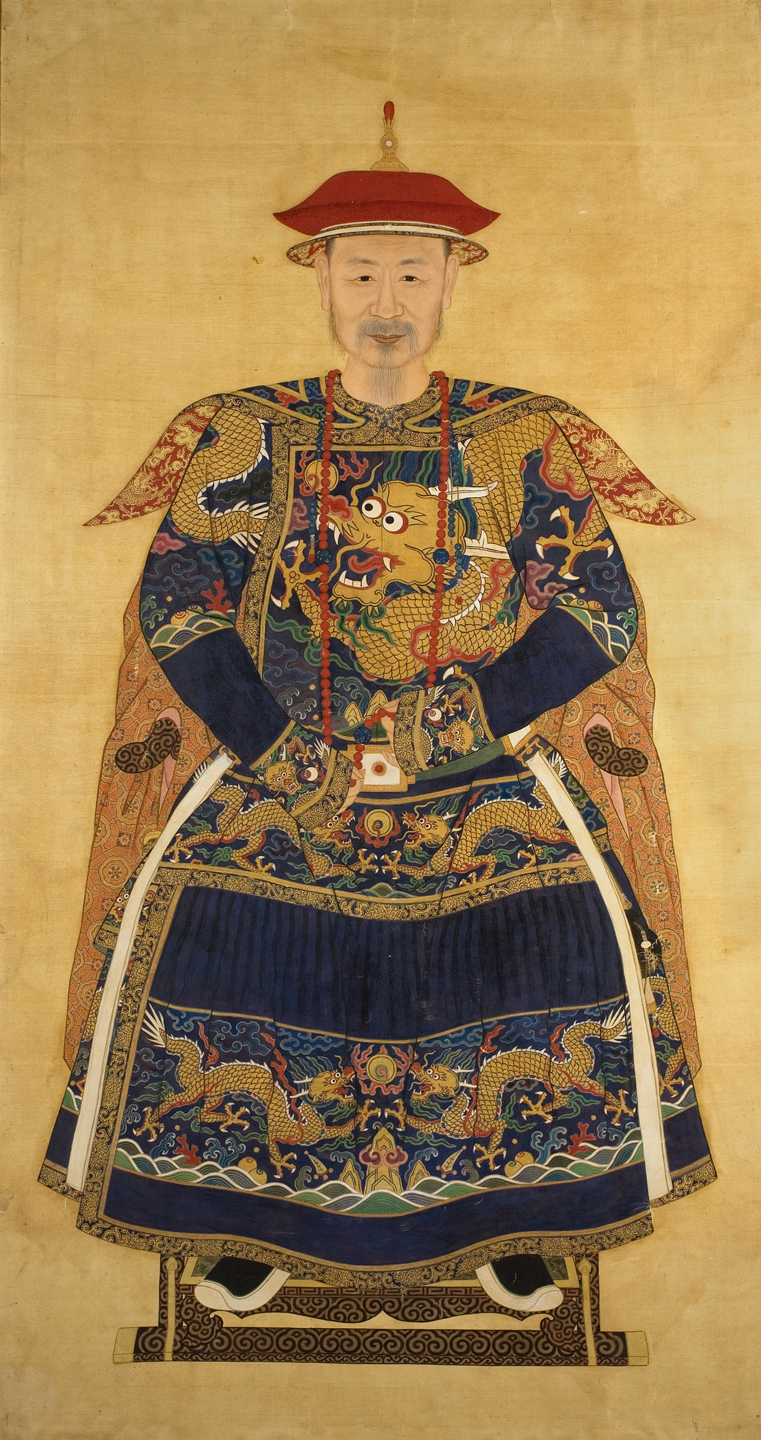Students will critically examine and discuss the Death Cart, then compare and contrast ways various cultures use objects of art in processions, parades, and cultural celebrations. They will work together to create either a Venn diagram or a similarities-and-differences chart to organize what they have learned.
Students will be able to:
- describe and analyze what they see concerning the Death Cart;
- discuss the importance of the ritual, cultural, and functional aspects of this art object; and
- summarize, compare, and contrast the use of this object with other ceremonial objects.
Lesson
- Show students the image of the Death Cart. Ask students in small groups or as a whole class to describe what they see and offer possible interpretations of what they think the object might have been used for.
- Share the information from the About the Art sheet with students. Go over the “Things to Look For” information. Ask students if they were surprised by any of this information.
- Ask students to locate New Mexico on a map and consider how the geographical location might influence the culture of the people, particularly at the time this was created. Ask students if they have ever been to New Mexico or seen a procession where an object like the Death Cart was used.
- Discuss how this object is a very important part of a religious procession held during Holy Week in New Mexico. The Spaniards brought their religion and religious practices to the New World. These practices were adapted all over Latin America. Holy Week in Christianity is the week before Easter. It is a very important time in certain parts of Europe, Latin America, and the United States.
- Compare and contrast this image of death with other images of death that students have seen. Ask students: How are they different? Why do you think they are different? What do they have in common? Why might artists in different cultures make images of death?
- Consider other figures from Creativity Resource that are used in important ceremonies or processions in other cultures, such as the Malagan figures, used during funeral ceremonies in New Guinea, the Four-faced Hamat’sa Mask, the Monkey God (Hanuman), or something from the students’ personal knowledge bank. Locate on a map where all of these objects originated. How are they similar and how are they different?
- Have students work in small groups to compare and contrast the image of the Death Cart and another culture’s ceremonial object. How are they used in important cultural ceremonies? Have students organize their thoughts in a Venn diagram, a similarities-and-differences chart, or simply a list. When finished, share with the class.
Materials
- Note taking paper for each student
- Paper for writing comparisons
- Variety of pencils, pens, or other writing implements
- World map
- Library, or computer and Internet access for further research
- Copies of About the Art sheet on the Death Cart (found at the end of the lesson plan), or student access to this part of Creativity Resource online
- Color copies of the image for students to share, or the ability to project the image onto a screen or wall
Standards
- Social Studies
- Collaboration
- Critical Thinking & Reasoning
- Information Literacy
- Invention
- Self-Direction

Death Cart
José Inéz Herrera, United States
Late 1800s
Height: 30.5 in. Width: 25 in.
General acquisition funds, 1948.22
Photograph © Denver Art Museum 2009. All Rights Reserved.
Not much is known about artist José Inéz Herrera. He worked in El Rito, New Mexico, from the late 1800s to the early 1900s. He is known as either El Rito Santero or Death Cart Santero. Santeros, artists who created holy images, learned from local Pueblo Indians how to make paints from plants and minerals in the area. They combined these regional paints with imported oil paints from Mexico to create distinctive sculptures and paintings for Catholic New Mexican churches, homes, and worship spaces. This sculpture is made of wood, gesso (primer paint), silk, and animal hair. The skeletal figure represents a long religious tradition within the Catholic Church. Images of Death were associated with Holy Week rituals in Spain, Italy, Mexico, and New Mexico. In Catholic tradition, Holy Week is the week before Easter, the day Jesus rose from the dead.
The image of Death is an image from the Catholic tradition of the Passion of Christ. The Passion story includes all of the events leading up to the Crucifixion of Jesus Christ, as well as the Crucifixion itself. The skeletal figure in this cart represents Death. The artist exaggerated different parts of the figure to create a sense of drama. He gave the skeleton long, thin arms and legs and carved out deep-set, hollow eyes. The skeleton’s neck and torso are also very long, and its chin comes to a dramatic point. The large crooked teeth have been arranged into what looks like a smile.
The Saturday before Easter, carts like this one would have been pulled in a procession, symbolizing the brief period of Death’s triumph on Earth before Christ rose from the dead, escaping Death’s clutches. Sometimes a Death Cart would follow Christ on the road to Crucifixion, haunting the last stages of the Passion. During the rest of the year, these figures were used as a reminder of the inevitability of death.
In New Mexican imagery, death figures are often dressed in women’s clothing. The fact that the Spanish word muerte, or death, is feminine may account for the predominantly female character in New Mexico. Death figures are sometimes nicknamed “Doña Sebastiana” in New Mexico. The origins of this folk tradition are unknown but probably stem from a feminization of Saint Sebastian, a Christian saint who was said to have been killed by arrows.
Details

Physical Characteristics
Notice the skeleton’s deep-set eyes, large teeth, elongated torso and limbs, and oversized feet.

Shawl
The skeleton wears a black woven rebozo, or shawl, that covers the head and is draped around the body.

Bow and Arrow
In New Mexico, most death figures wield a bow and arrow. Images of death from other parts of the world carry a scythe, an ax, or a hatchet.

Handle
The handle would have been used to pull the cart in a Holy Week procession.
Funding for object education resources provided by a grant from the Morgridge Family Foundation. Additional funding provided by the William Randolph Hearst Endowment for Education Programs, and Xcel Energy Foundation. We thank our colleagues at the University of Denver Morgridge College of Education.
The images on this page are intended for classroom use only and may not be reproduced for other reasons without the permission of the Denver Art Museum. This object may not currently be on display at the museum.







